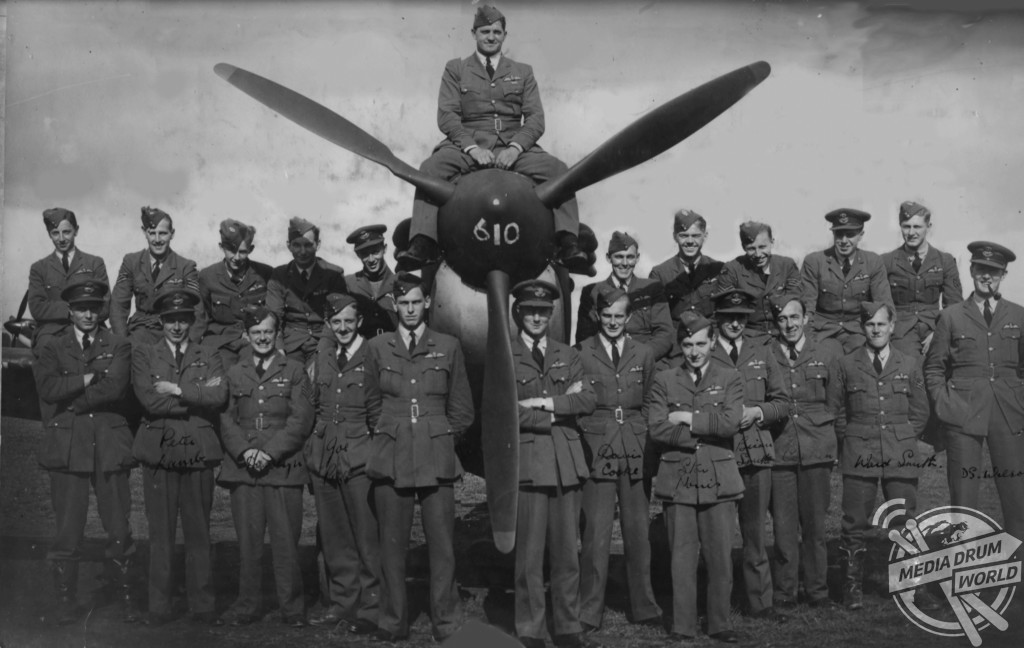By Tom Dare
INCREDIBLE PHOTOS of the fighter pilots who defended Britain’s skies during World War Two have been published as part of a book chronicling the history of one of Britain’s most historic airfields.
Images from RAF Acklington show men stood next to such iconic aircraft as the Spitfire and Hurricane as they prepared to take-off, while others show downed Nazi planes floating in the sea.
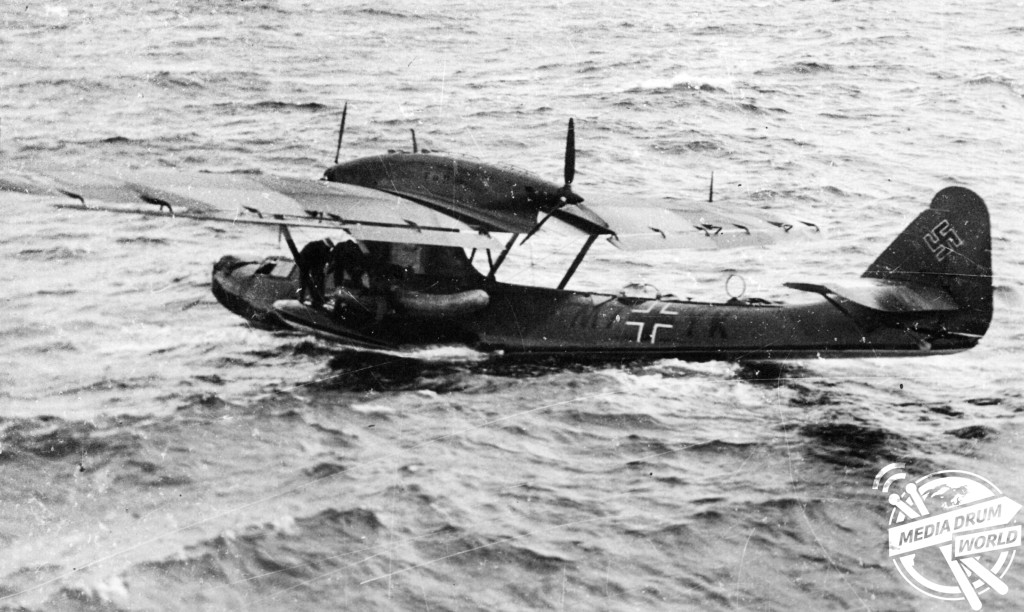
In other shots, some men can be seen straddling the huge propeller of a hurricane as a group of airmen gather for squadron photos at the famous airfield.
The images form part of ‘RAF Acklington: Guardian of the Northern Skies’ by Malcolm Fife, a book which helps to highlight the strategic importance of the Northumberland-based airfield throughout the Second World War.
Acklington served as Britain’s main air base for the North of the country throughout the Second World War, defending the vital space above some of the largest industrial areas in the land.
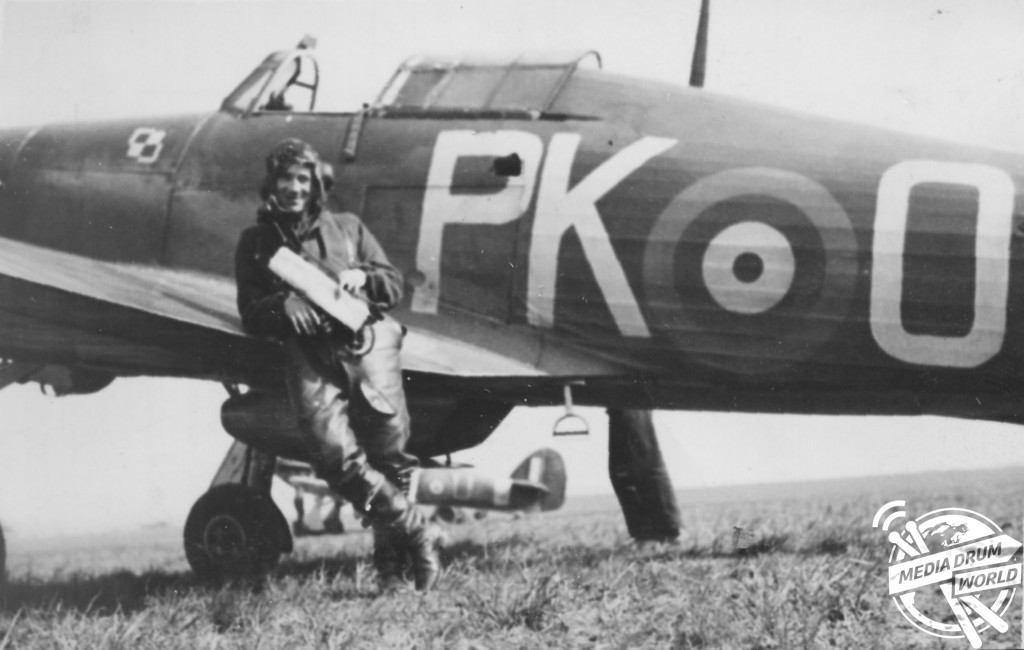
However, Fife says that the airbase wasn’t always intended to be of such vital strategic importance to Britain’s war effort.
“Acklington Airfield was Fighter Command’s most northerly airfield in England during the Battle of Britain,” he said.
“It was also one of the most important in the region throughout the Second World War. This came about more by accident than design. Shortly before the outbreak of hostilities, it had opened as a training station where pilots were given the opportunity to fire live weapons and drop bombs on the nearby ranges at Druridge Bay.
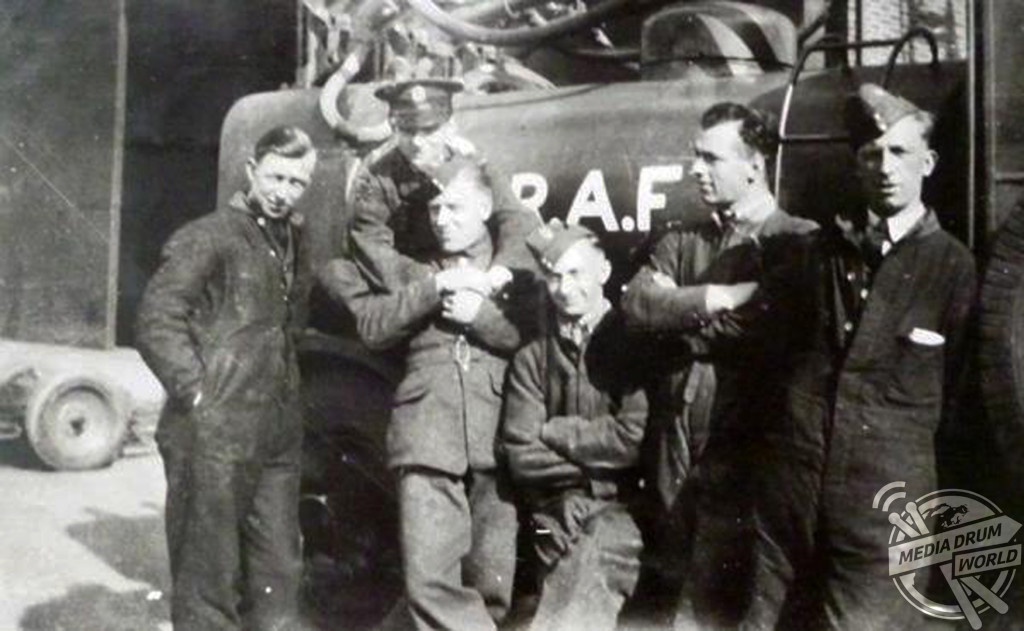
“With the declaration of war, it was transferred to Fighter Command, as military airfields in north-east England were few and far between. The fighter aircraft of Acklington were tasked to defend what was one of Britain’s most important industrial conurbations.
“Acklington airfield was situated on the edge of the Northumberland and Durham coalfield. There were coal mines and slag heaps in its vicinity, but much of the area was still farmland. Further south, industry dominated the landscape.
“The large cranes of the shipbuilding industry lined the rivers Tyne and Wear, and there were numerous other industries including iron and steel production and armaments manufacturing that acted as a magnet for German bombers for most of the war.”
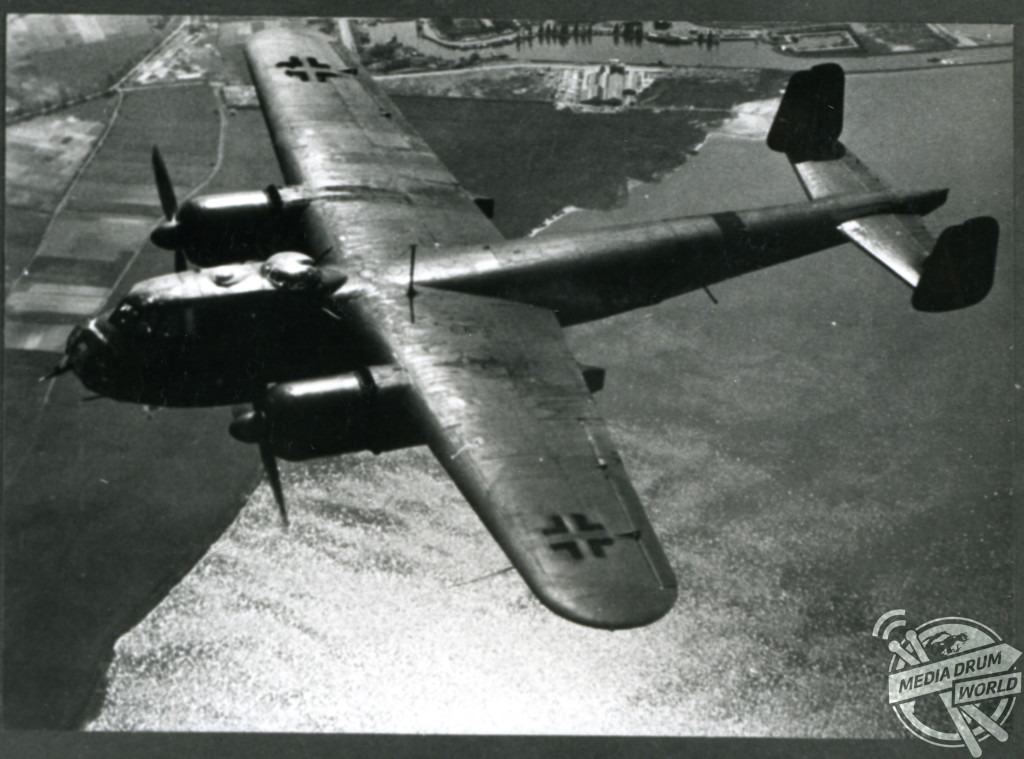
The book looks closely at how the airbase evolved over the duration of the war to become so vitally important to Britain’s war effort, with the Northern industrial cities remaining a target for the Luftwaffe even after the Battle of Britain had been won.
Fife also examines the role of the airbase after the war, detailing its role in the Cold War and as a flight-training school before it was closed for good in 1970.
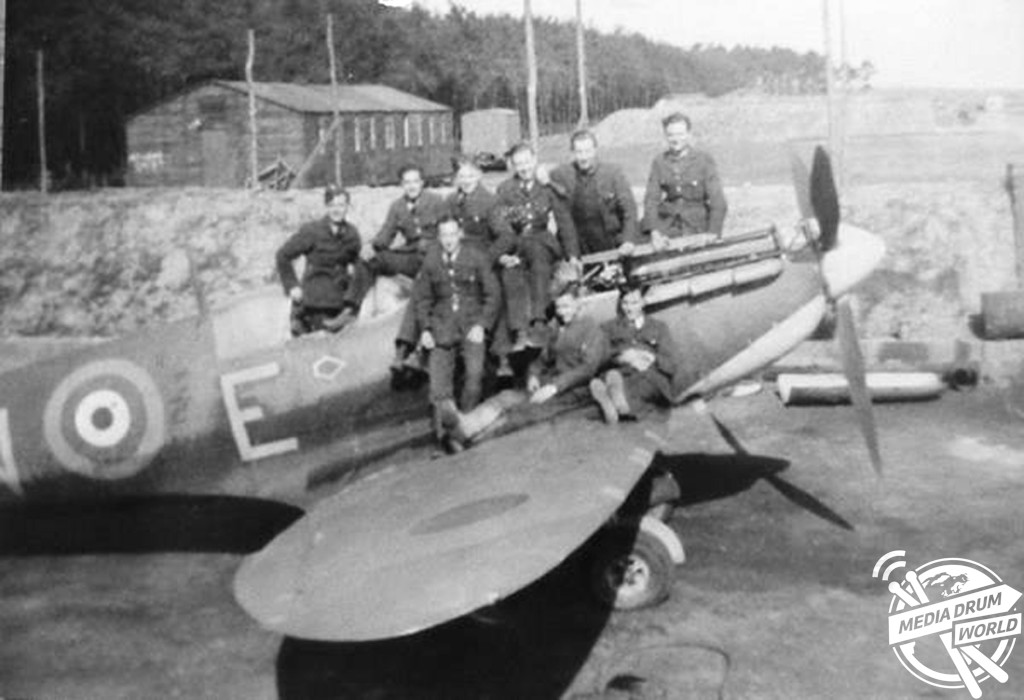
RAF Acklington: Guardian of the Northern Skies by Malcolm Fife is published by Fonthill Media, and can be purchased on Amazon here: https://www.amazon.co.uk/dp/1781556229

